Why Are My Poinsettia Leaves Turning Yellow? 5 Common Mistakes Harming Your Festive Bloom
Return your holiday plant to its full festive glory with this expert advice
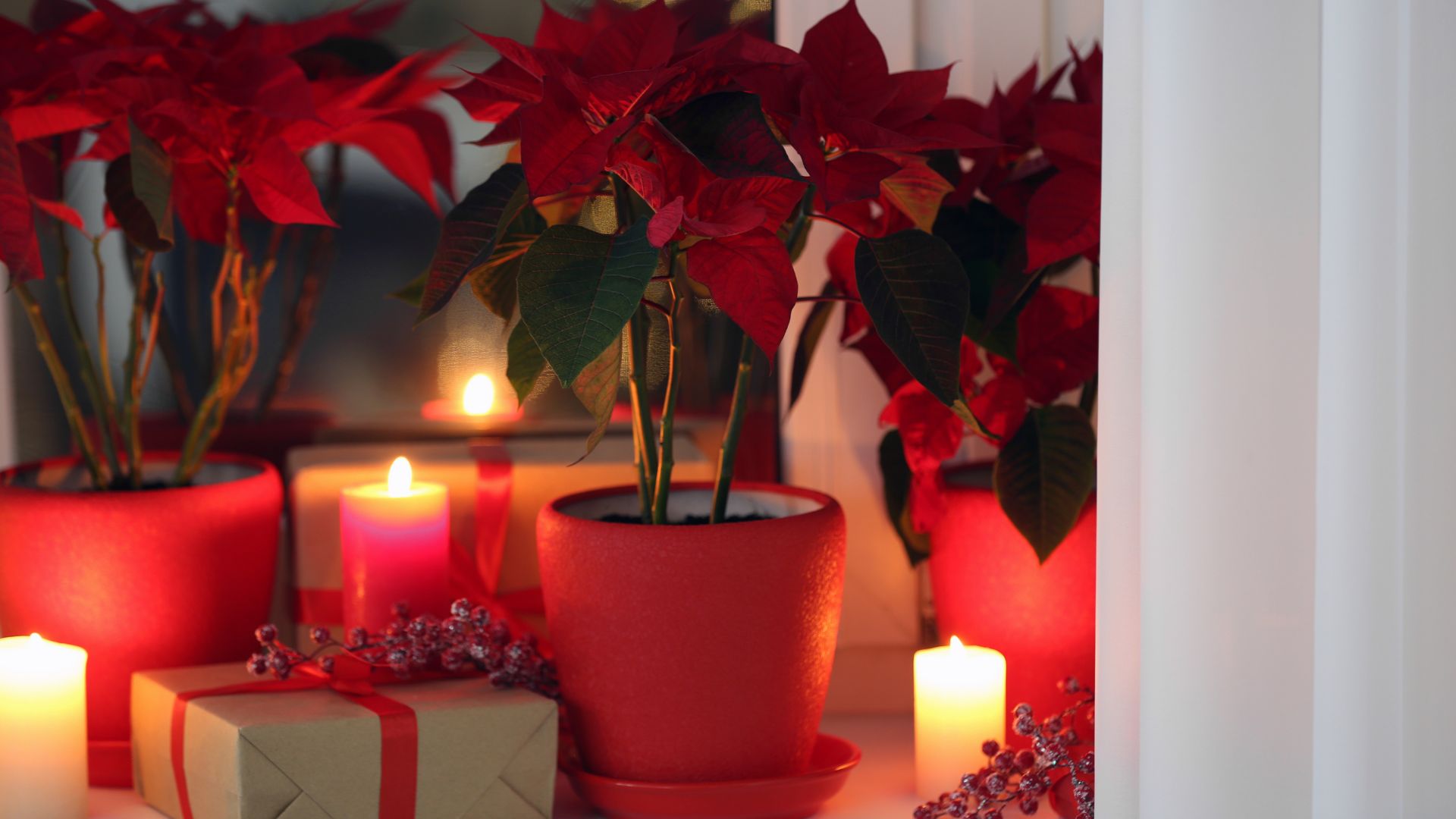
With their ruby red bracts and dark green leaves, poinsettia are popular plants for the holidays. For this reason, you'll want your festive foliage to be on point. If that's not the case, and you're wondering why are your poinsettia leaves are turning yellow, we have some answers.
There is a number of common causes for yellowing leaves or bracts on these plants — from over-watering to temperature shocks — and some simple solutions.
With the correct poinsettia care, your plant can be back to its flaming red glory, before all your advent calendar doors are open, according to these horticulturalists and plant experts.
Why are my poinsettia leaves turning yellow?

From understanding when to put poinsettia in the dark to understanding when poinsettias turn red — taking time to learn about your plant and its needs is important. When people complain of yellowing or faded leaves on a poinsettia plant, they're usually referring to the colorful leaf bracts, which look like petals. These bracts can be of various colors, from cream and peach to pink and red. It's usually the red poinsettias that are bought into the home for Christmas, and it's on these deeper color bracts where fading or yellowing is more noticeable.
However, yellowing or discolored leaves can happen on any of the various poinsettia colors. These are some common causes and solutions, according to experts.
1. It's dehydrated
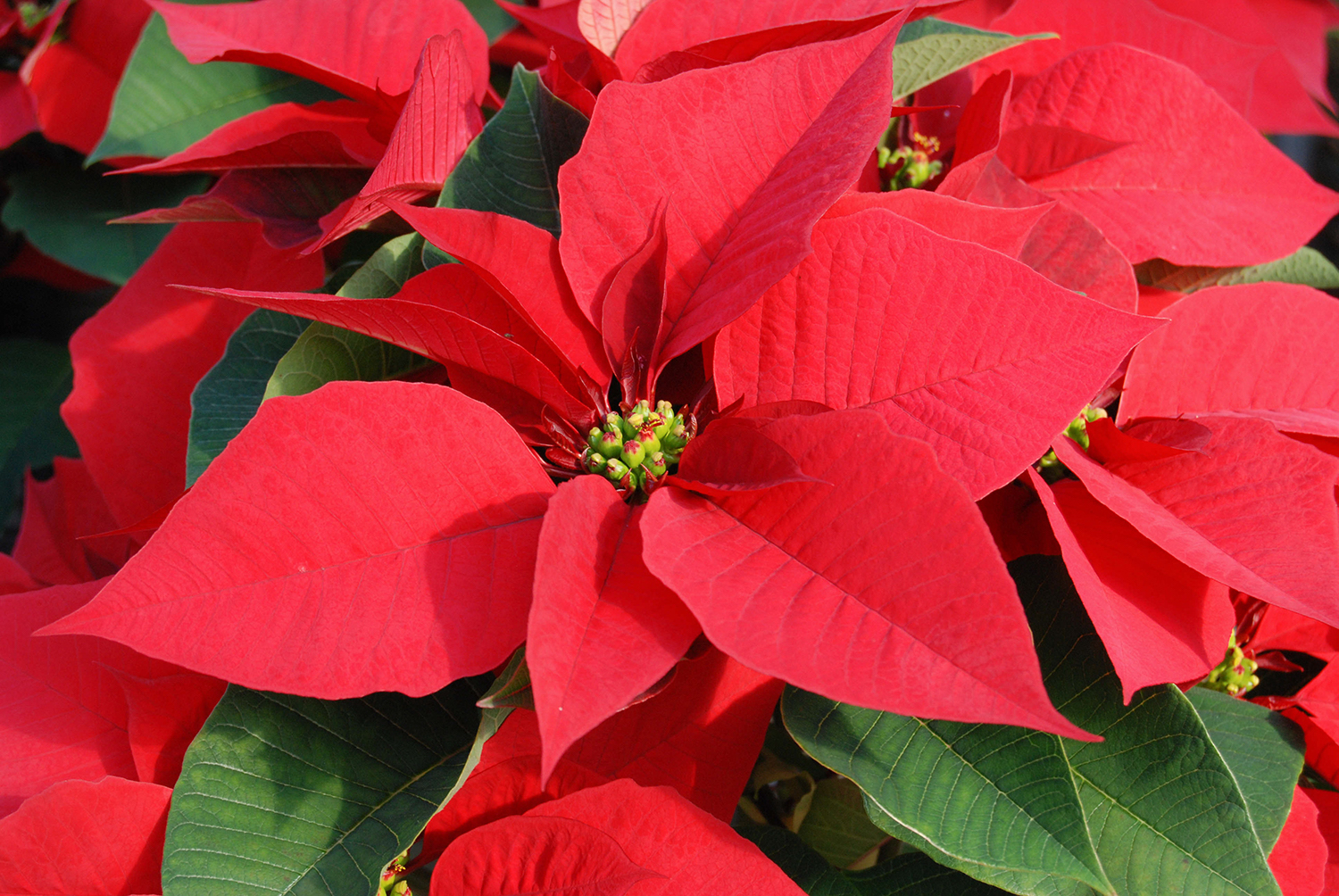
When you have an indoor garden, it's easy to forget to water houseplants in the hustle and bustle of the holidays. But if your poinsettia leaves are fading or turning yellow, dehydration may be the reason.
"Drying out can be a cause of yellowing bracts," says Justin Hancock, horticulturalist, Costa Farms. "If a poinsettia can’t take up the moisture it needs from the soil, it will usually wilt, then develop yellow leaves/bracts which fall prematurely.
"As a function of the plant’s biology, it absorbs moisture via its roots and releases it from its leaves—so it needs to shed leaves to keep it in balance as the soil dries up. Giving a dry poinsettia a good soaking can help prevent further leaves from yellowing."
2. It's Been Overwatered

Conversely, many a plant has been harmed, or even killed, by too much water, and poinsettia is no exception. It's worth acquainting yourself with tips to avoid overwatering houseplants, with any type of indoor garden. This way, you're more likely have healthy plants with flourishing foliage.
"A poinsettia can yellow from either too much or too little water because it’s a similar issue," Justin Hancock. "When it’s too dry, there’s not enough moisture for the roots to absorb. But when it stays too wet, the roots suffocate and start to die. As more roots die, the plant takes up less and less water from the soil, even though it’s abundant."
"Like most house plants, achieving the correct levels of hydration for your poinsettia can make or break its success for the season," says Whitney Bromberg Hawkings, founder, Flowerbox.
Whitney continues: "When you give your plant too much water, it’ll cause the leaves closest to the soil to turn yellow and wilt. Before watering your poinsettia, check that the upper soil is dry to the touch, then water continuously until it drains through before returning it to its outer pot."
3. The Roots May Be Rotting

Watering houseplants correctly takes time to master–and giving them too much is all too easy for a keen plant parent. A dire consequence of overwatering a plant for a long time is that its roots will eventually rot. It may be possible to rescue it if you take swift action, depending on how much damage has been done.
"A sign of overwatering is when your poinsettia develops root rot," says Whitney. "You can identify this in various ways alongside yellow, wilting leaves, such as soft-textured roots and stems, slow growth, and a bad aroma. To cure, use a fungicide, or if your plant is too far gone — start again by repotting in fresh soil."
"In the shorter term, if your poinsettia is really wet, slipping your plant out of its pot and putting the rootball on a towel or newspaper can help moisture evaporate faster," says Justin. "If it's salvageable, allowing your plant to dry out a bit more between waterings can help it recover.".
4. Temperature Shock

Most modern homes are warm and insulated. However, a sudden drop in temperature can cause your poinsettia leaves to yellow. According to the Royal Horticultural Society, these plants require a minimum temperature of 13-16°C (55-60°F). You can check your soil temperature, too, by using a Soil Testing Thermometer from Amazon.
"Poinsettia likes consistent warm temperatures, and any sudden changes can cause it to go into shock," says Whitney. "Keep your poinsettia away from drafts, high heat, or extreme humidity, and try to keep your space at a stable temperature to help it thrive."
"If your poinsettia is exposed to chilly temperatures, the plant can get stressed by the change," says Justin. "In nature, plants aren’t usually exposed to temperatures significantly colder or warmer than the ambient air temperature. If this happens, just give your plant good, consistent conditions so it can recover."
5. It's Reaching the End of Its Lifespan

If well cared for and given the best conditions, these winter indoor plants can last ten years or more, either as houseplants or by planting them out in your backyard in spring and bringing them back in in the fall. However, like any living thing, the plant will eventually reach the end of its life cycle.
"Leaves and bracts naturally age out–and stressed plants will age out more quickly–going yellow and dropping," says Justin. "There’s not much you can do about this one, either, other than giving your plant great growing conditions throughout its life."
If this is the case with your plant, why not bring a new life into your space by bringing this 6.5 in. Red Poinsettia Holiday Plant from Home Depot. It's a beauty!
FAQs
What does an overwatered poinsettia look like?
Justin Hancock explains that an overwatered poinsettia will typically start out wilting with drooping leaves/bracts. "If it stays too wet for longer periods, the leaves/bracts will yellow and drop," he adds.
"Stems may start to become mushy, especially at the base of the plant. If it’s really wet, you might also detect a rotting-type odor from the soil. Because the soil acts like a sponge, absorbing moisture for the roots to pull out, you can sometimes tell by how heavy the plant is if it’s too wet.
"Wetter plants are heavier; drier plants are lighter. (I actually use that as a guide to determine when to water mine at home. I pick it up and if it feels light, I give it a drink. If it’s not light, then I leave it be."
Plant Care Buys for Your Poinsettia
It's important to give your plant some attention, love, and care when it needs it most — but to do so, you'll need the right care tools.
Here are a few products we're currently loving:
KAKURI Japanese Pruning Shears from Amazon, ideal for all your pruning needs and prices at just $49.80.
Painted Metal Watering Can from Target. We love a good watering can and this is not only stylish, but can also hold up to 2.88L of water!
For all your soil needs, this 4-in-1 Soil Moisture Meter from Amazon is a must.
Be The First To Know
The Livingetc newsletters are your inside source for what’s shaping interiors now - and what’s next. Discover trend forecasts, smart style ideas, and curated shopping inspiration that brings design to life. Subscribe today and stay ahead of the curve.
Jacky Parker is a London-based freelance journalist and content creator, specialising in interiors, travel and food. From buying guides and real home case studies to shopping and news pages, she produces a wide range of features for national magazines and SEO content for websites
A long-time contributor to Livingetc, as a member of the team, she regularly reports on the latest trends, speaking to experts and discovering the latest tips. Jacky has also written for other publications such as Homes and Gardens, Ideal Home, Red, Grand Designs, Sunday Times Style and AD, Country Homes and Interiors and ELLE Decoration.
-
 Pleated Lampshades Are the Silhouette of the Season — I've Found 9 For Well Under $100 (You'll Never Guess Where)
Pleated Lampshades Are the Silhouette of the Season — I've Found 9 For Well Under $100 (You'll Never Guess Where)Leave it to Walmart to bless us with a collection of stunning pleated lampshades — proving this old-fashioned feature can look fresh and modern
By Devin Toolen
-
 I Found the "Healthiest” Bedding for Earth Month — Why Ettitude Is the Sustainable Sleep Label to Know
I Found the "Healthiest” Bedding for Earth Month — Why Ettitude Is the Sustainable Sleep Label to KnowSofter than silk and smarter than cotton, Ettitude’s innovative take on bedding delivers luxury with a conscience
By Julia Demer
-
 Is It Okay to Have a Mirror Facing a Door in Feng Shui? The Verdict Is In and It Just Might Surprise You
Is It Okay to Have a Mirror Facing a Door in Feng Shui? The Verdict Is In and It Just Might Surprise YouDecorating your home with mirrors calls for intention if you're dressing your space in accordance with Feng Shui. Here's what you should know.
By Amiya Baratan
-
 4 Things to Unpack as Soon as You Move House — For a Comfortable and Organized Fresh Start
4 Things to Unpack as Soon as You Move House — For a Comfortable and Organized Fresh StartIf you have a major move in the works and you're looking to prepare in advance, this is the starter kit you need to properly set up your new home.
By Amiya Baratan
-
 10 Decluttering Challenges to Have on Your Radar This Year — For a Tidier, More Mindful Home
10 Decluttering Challenges to Have on Your Radar This Year — For a Tidier, More Mindful HomeIf you're interested in transforming your home for the better, here are 10 decluttering challenges I recommend for a professionally tidy space.
By Amiya Baratan
-
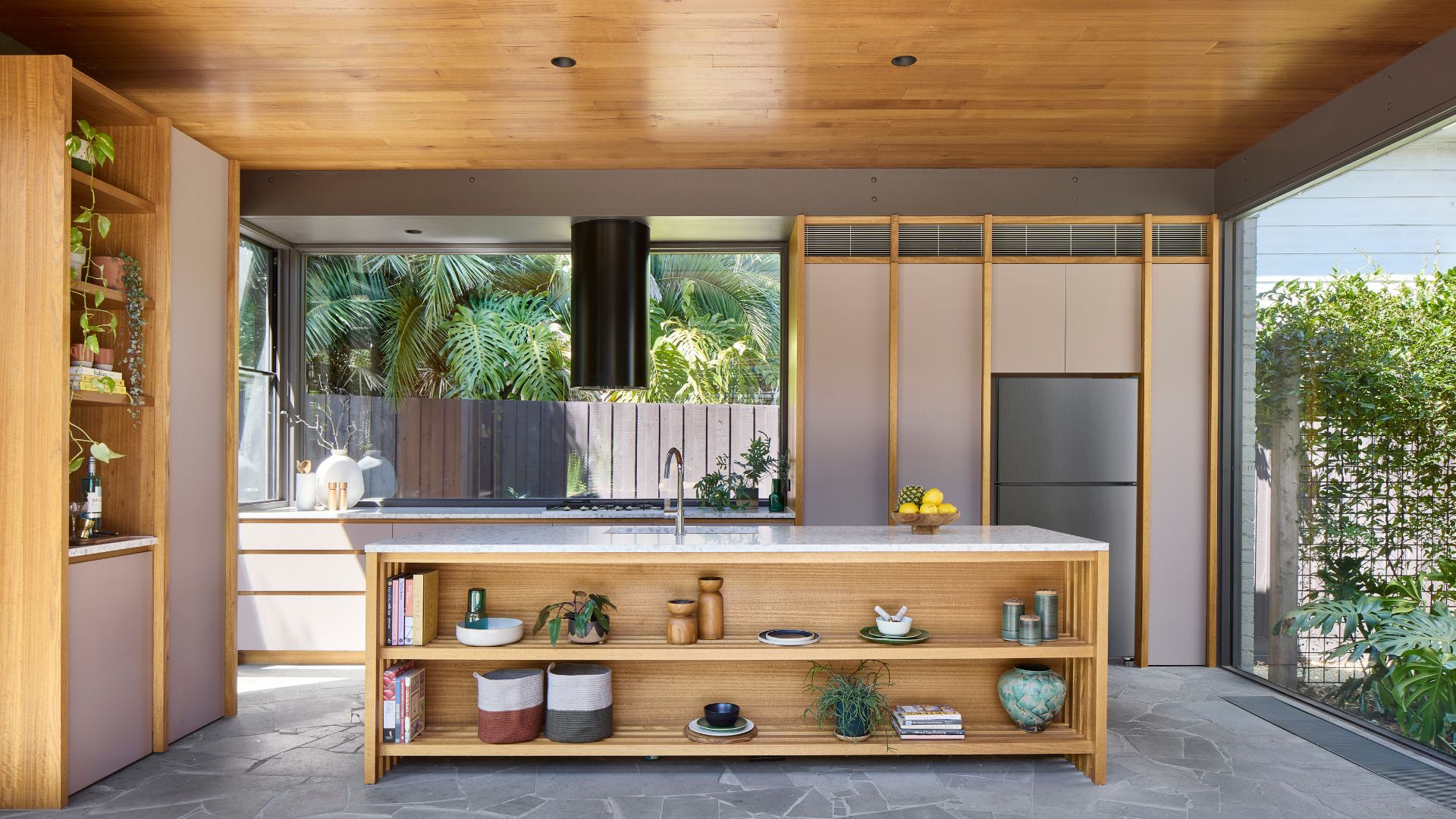 Biophilic Decluttering — What to Take Out of Your Home (and What to Put in) for a More Natural Home
Biophilic Decluttering — What to Take Out of Your Home (and What to Put in) for a More Natural HomeTry your hand at biophilic decluttering to ground your interiors, connect to the environment, and cure chronic clutter in one go. Here's how.
By Amiya Baratan
-
 The 10 Different Types of Kitchen Taps — And the Pros and Cons of Each One to Know Before You Pick
The 10 Different Types of Kitchen Taps — And the Pros and Cons of Each One to Know Before You PickFrom sleek pull-outs to vintage bridge taps, explore 10 kitchen tap styles that mix function, flair, and a splash of cool
By Linda Clayton
-
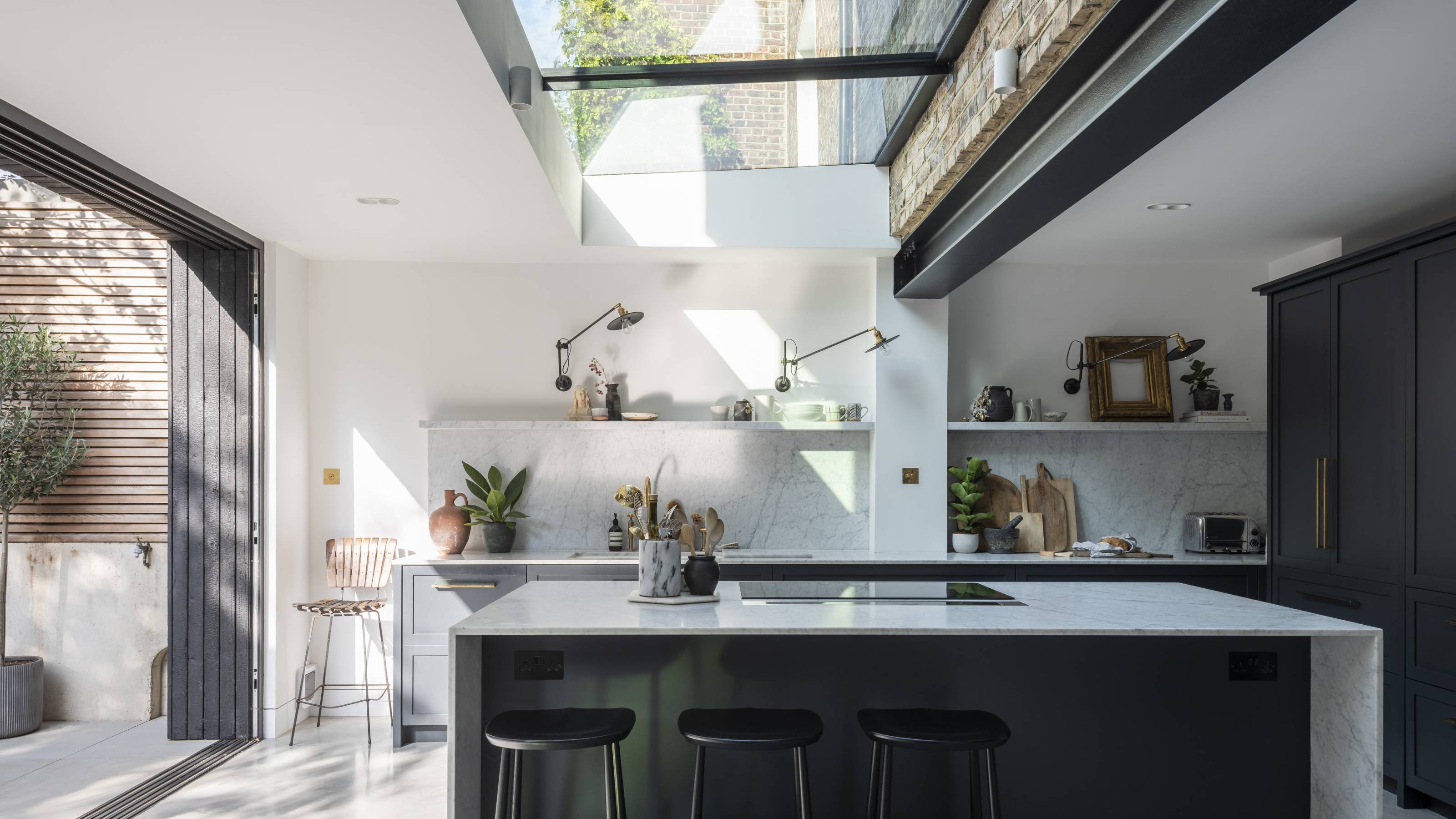 How Much Does an Extension Cost in 2025? Renovation and Design Experts Break Down Your Budget
How Much Does an Extension Cost in 2025? Renovation and Design Experts Break Down Your BudgetExplore how much different types of extensions cost in 2025 to budget for your project accurately
By Amy Reeves
-
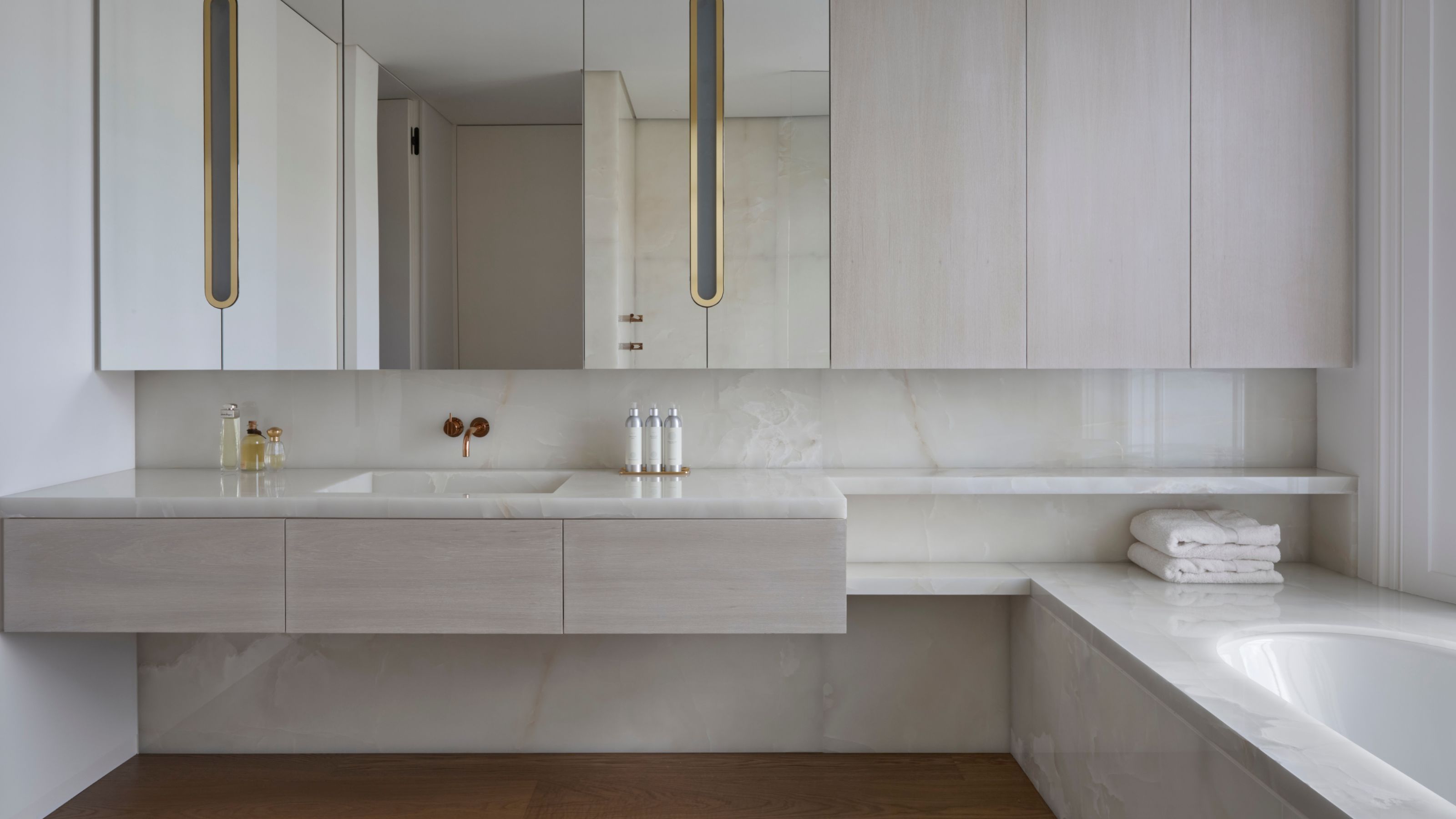 9 Bathroom Storage Mistakes You're Probably Making That Make Using This Space Much Harder — And What to Do Instead
9 Bathroom Storage Mistakes You're Probably Making That Make Using This Space Much Harder — And What to Do InsteadDiscover which mistakes are to blame for your overcrowded and cluttered bathroom
By Seraphina Kyprios
-
 These 'Scenting Droplets' Might Be the Coolest (and Most Stylish) Way to Make Your Home Smell Amazing
These 'Scenting Droplets' Might Be the Coolest (and Most Stylish) Way to Make Your Home Smell AmazingIf you're looking to switch out your incense sticks for something more fun, then you should know about Ripple+'s incense droplets. Let me introduce you.
By Amiya Baratan